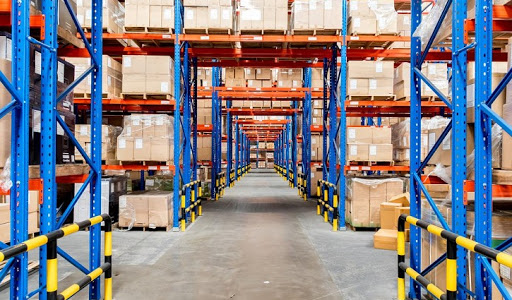Warehousing services is one of the world’s most competitive industries. In a time when customers expect to have their orders fulfilled within hours, the right warehouse management systems Australia can make a big difference to your operation. Choosing a warehouse management system is a serious undertaking. The right system has the potential to transform the way you work, while the wrong system can be a costly mistake. As long as you do your research, you can expect your warehouse management system to provide a host of benefits to your business.
What is a Warehouse Management System?
A Warehouse Management System (WMS) is a dedicated software solution that helps you manage the day-to-day operations of your warehouse. Your WMS acts as a foundation for the rest of the business. It collects critical information about inventory, customers, staff, orders, accounting and more, giving you a single point of truth that can be used to optimise the way you work.
The Benefits of Warehouse Management Systems
Eliminate the Need for Manual Data Entry
Manual data entry is one of the most costly and time-consuming parts of running a warehouse. When you have hundreds of clients and thousands of orders, processing information, creating picking lists and verifying information requires a significant investment of labour.
A warehouse management system eliminates the need for manual data entry. Modern WMS are compatible with technology such as barcode scanners and RF data. This allows your WMS to automatically ingest data from all over the business and make that information available wherever it’s needed. To take things a step further, a high quality WMS will often include Electronic Data Interchange (EDI) technology. EDI technology allows the system to automatically read information from PDF documents. If you receive orders, invoices and other information in PDF format, your WMS can process the data and generate picking lists, pay invoices and more.
Reduced Expenses
Your WMS not only reduces costs by eliminating manual data entry, it provides efficiency and cost savings throughout the business. Your WMS can minimise expenses by:
- Avoiding errors in order picking and packing
- Improving picking times and efficiency
- Reducing the amount of stock on hand
- Optimising order picking, storage and inventory management
- Optimising order picking routes to improve the fulfilment process
- Providing real-time visibility over inventory levels
- Improving productivity by ensuring all staff have the information they need
- Reducing errors by providing a single point of truth within the business
Each of these things provides small efficiencies, but the savings add up in large-scale businesses. This helps you to maintain your competitive edge and allows you to meet client and customer demands by fulfilling orders faster than ever.
More Efficient Order Picking
Large-scale warehouses require dedicated picking solutions to optimise the fulfilment process. Without a WMS, fulfilment is inefficient, and staff may lose time travelling back and forth across the warehouse complex. As a single point of truth that contains information about inventory, best before dates, orders, invoices, credit approvals and more, your WMS can generate picking lists that optimise the way your staff work. This reduces fulfilment time significantly, allows staff to pick multiple orders at once, and improves the traceability of each order as it moves through the process.
Access Detailed Reporting
The true power of Warehouse Management Systems lies in the sheer amount of data they can collect. Your WMS can be configured to integrate data about inventory, finances, orders, customers, staff, accounting and much more. This data is not only convenient to have on hand, it allows you to generate reports that show incredible detail about your business.
In a world where warehousing services are becoming more competitive than ever, every little efficiency counts, and a WMS puts that information at your fingertips. Reporting through your WMS can give you everything from a business overview to line-by-line accounting of your inventory and orders. This is especially useful when it comes to forecasting, identifying cost-saving opportunities and improving processes throughout the business.
Integrate Data From Across Your Business
Modern warehouse management systems Australia are designed to integrate data from every part of your business. This puts information at your fingertips, but it also interlinks critical data without the need for manual input. For example, your WMS can combine inventory information from multiple warehouse locations and use that data to generate optimised picking lists. As orders are fulfilled, the WMS can be updated to show order status and automatically issue invoices as orders are shipped.
This type of efficiency is just one example of how a WMS can work for your business. Overall, the data integration offered by warehouse management systems is the best way to make your business more efficient, reduce costs, improve customer satisfaction and grow your brand.
Follow Techdee for more!
